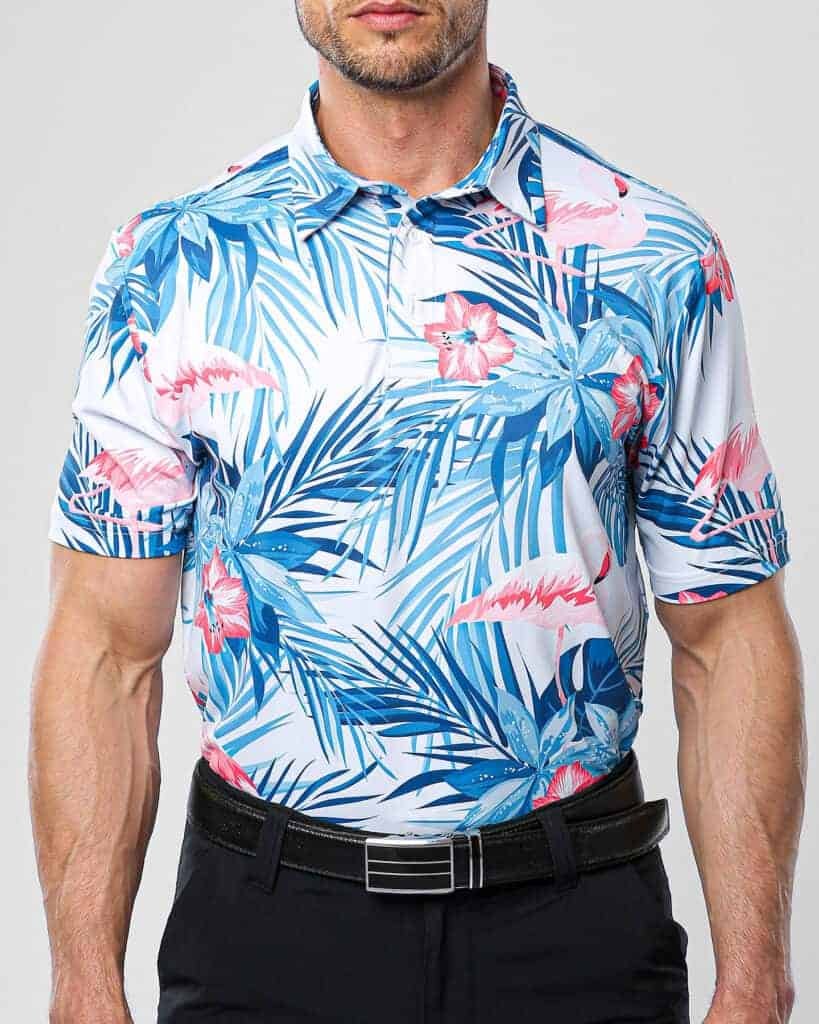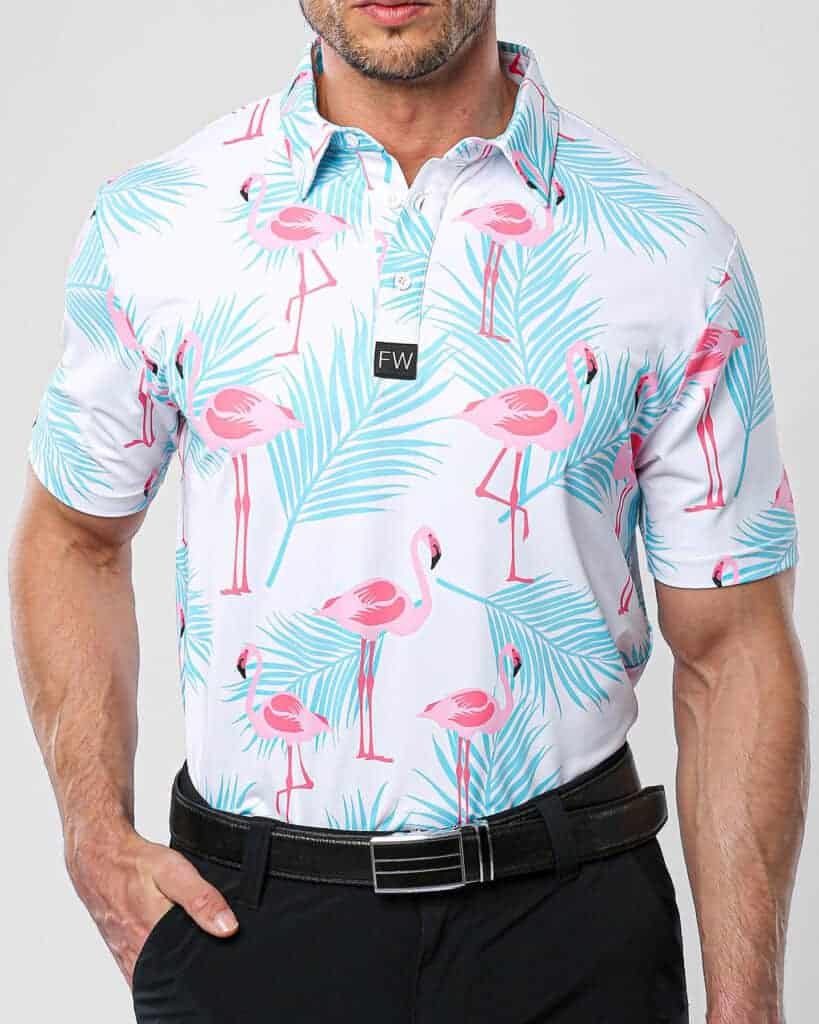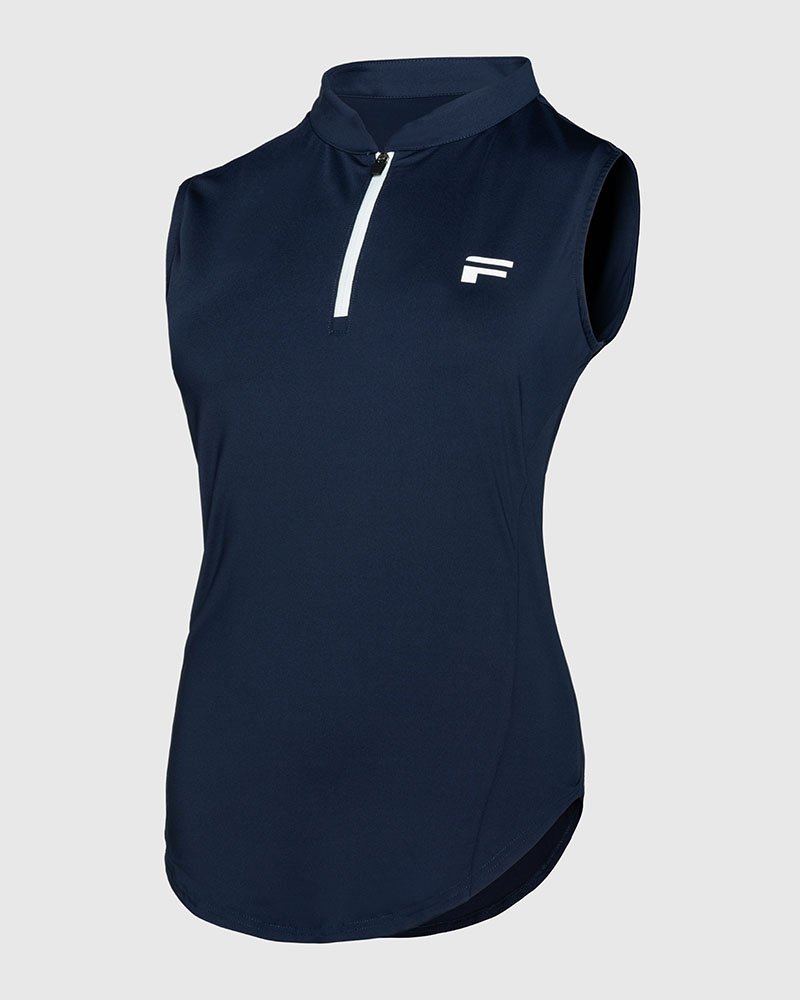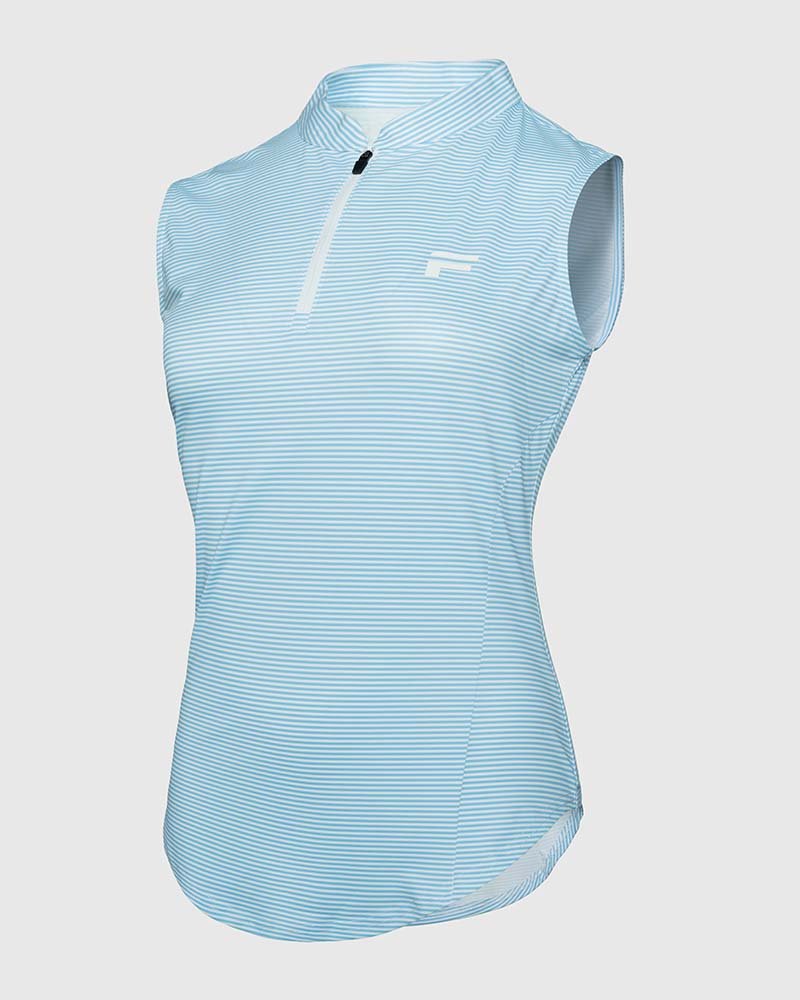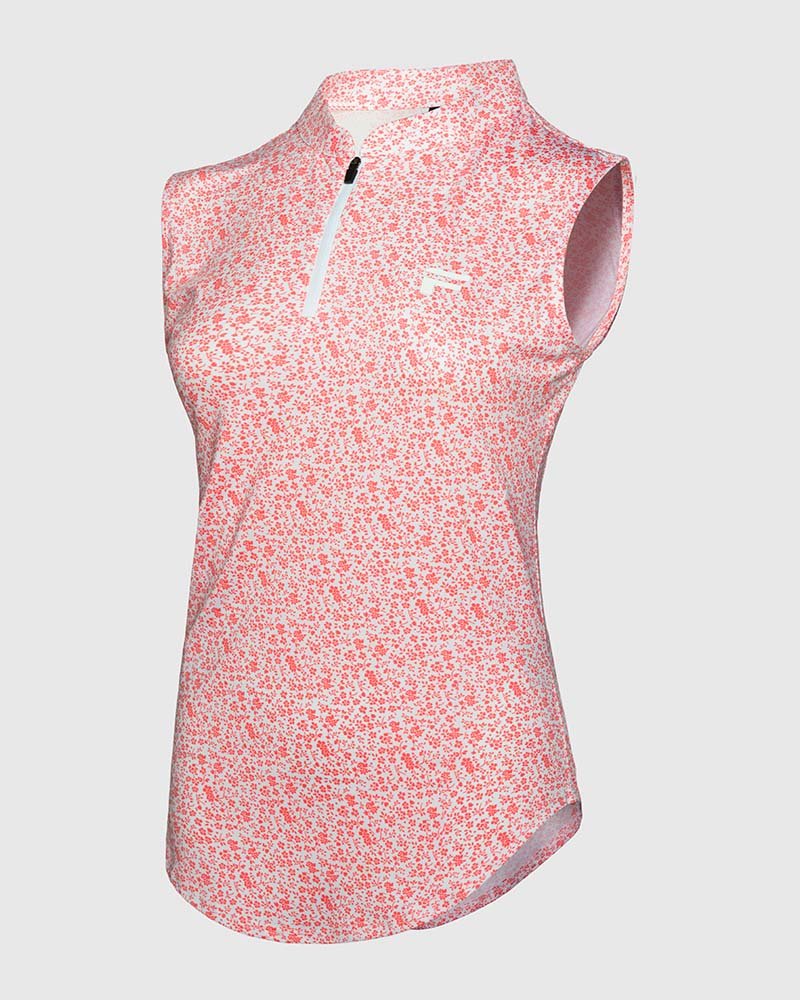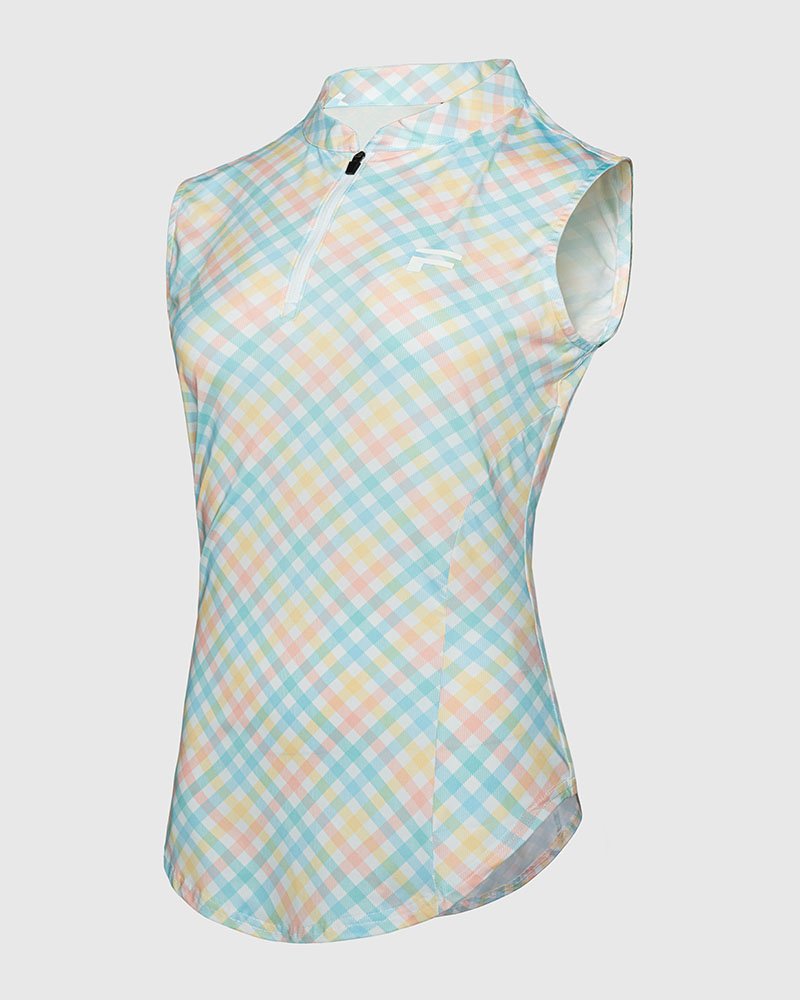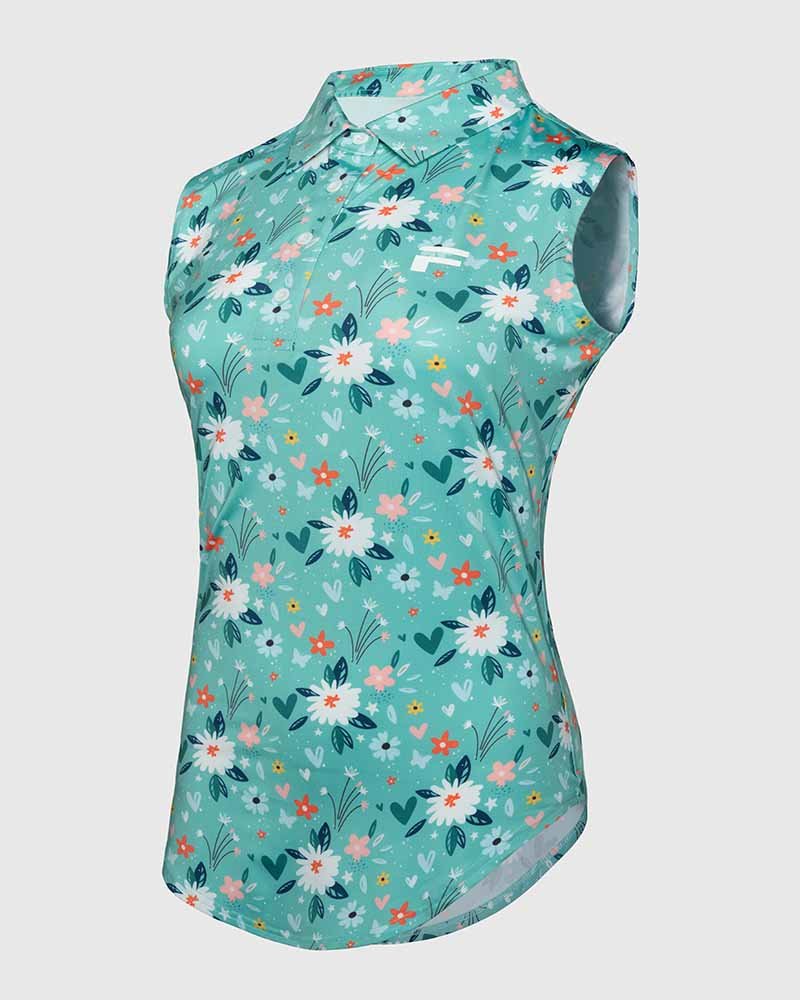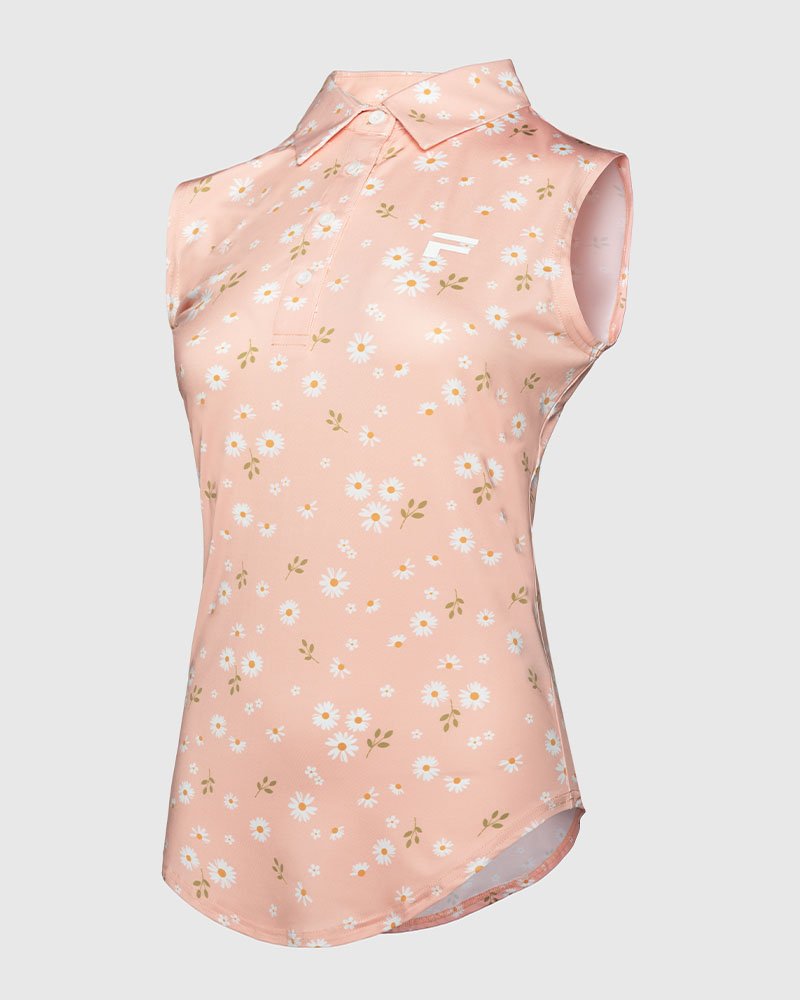Ever wondered how a high-performance golf shirt is made? It's not just about sewing fabric together. From selecting breathable materials to precision cutting and final packaging, every step plays a vital role in comfort, durability, and performance. This article explains each stage in simple terms — no jargon, just practical insights based on over 12 years of real-world experience in the golf apparel industry.
Choosing the Right Fabric: Performance Starts Here

Every great golf shirt begins with the fabric. Unlike casual T-shirts, golf shirts must perform under sun, sweat, and movement.
Most Common Fabrics:
- Polyester: Lightweight, moisture-wicking, and quick-drying.
- Spandex or Elastane blends: Adds stretch for better movement.
- Polyester-cotton blends: Softer feel with some performance.
Must-Have Features:
- Moisture-wicking: Pulls sweat away from the skin to keep you dry.
- Breathability: Allows air to flow and keep you cool.
- UV protection: Shields you from sunburn on the course.
- Anti-odor / Antibacterial: Prevents smells after long wear.
Expert Note: In recent years, top brands are looking for multi-functional fabrics. They don’t just want moisture-wicking — they want all-in-one fabrics that can handle heat, stretch, sun, and sweat.
Fabric Inspection: Quality Control Starts Early
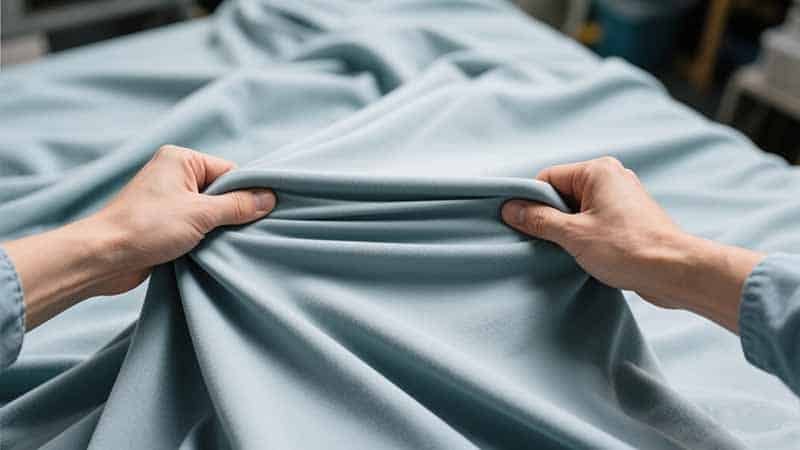
Before anything is cut or sewn, the fabric must be inspected. This helps catch problems before they become costly.
What We Check:
- Color consistency: No patchy or uneven dye.
- Surface defects: No holes, snags, or lint.
- Stretch and recovery: Fabric must return to shape after pulling.
The fabric is then relaxed (laid flat for 1–2 days) to release tension from rolling or shipping. This prevents shirts from shrinking or twisting after washing.
Pro Tip: Skipping this step is a common mistake. If fabric is cut while still tense, the final shirt may look fine at first — but twist or shrink after the first wash.
Pattern Making: Designing the Perfect Fit

Once the fabric is approved, it’s time to create the pattern — the blueprint of the shirt.
How It Works:
- Designers use CAD software to create digital patterns.
- The pattern includes all parts: front, back, sleeves, collar, placket.
- Patterns are adjusted to create different sizes (grading).
Golf shirts often have special cuts to improve performance:
- Raglan sleeves for better arm mobility.
- Longer backs (drop tail) to stay tucked during swings.
- Side vents for breathability and comfort.
Expert Insight: High-end brands may request a "pro-fit" that hugs the body, but still needs freedom in the shoulder and underarm areas. This balance is achieved through clever patterning — not just shrinking the size.
Fabric Cutting: Accuracy is Everything
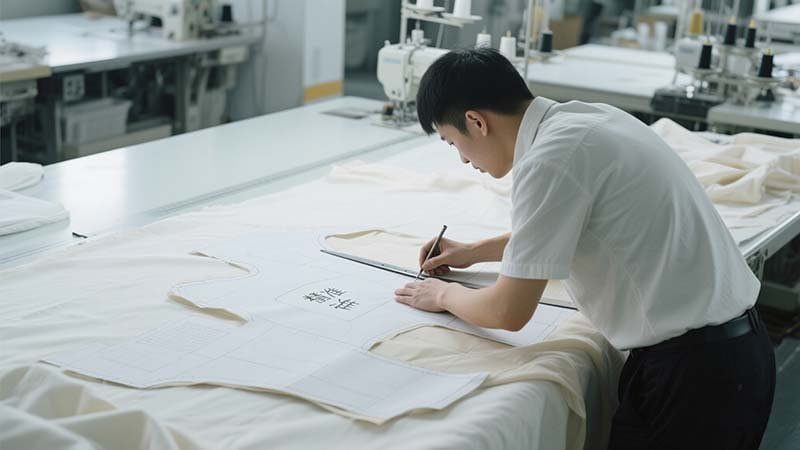
With the patterns ready, it's time to cut the fabric. This step must be highly accurate.
Two Common Methods:
- Manual cutting: Used for small batches or custom orders.
- Auto-cutting machines: Used for large-scale production.
Multiple fabric layers are stacked, aligned, and cut all at once to save time. Labels and placket reinforcements are also cut during this stage.
Why It Matters: If cutting is even slightly off, it affects how the shirt fits and sews later. Precise cutting = consistent sizing and better quality.
Sewing and Construction: Bringing It Together
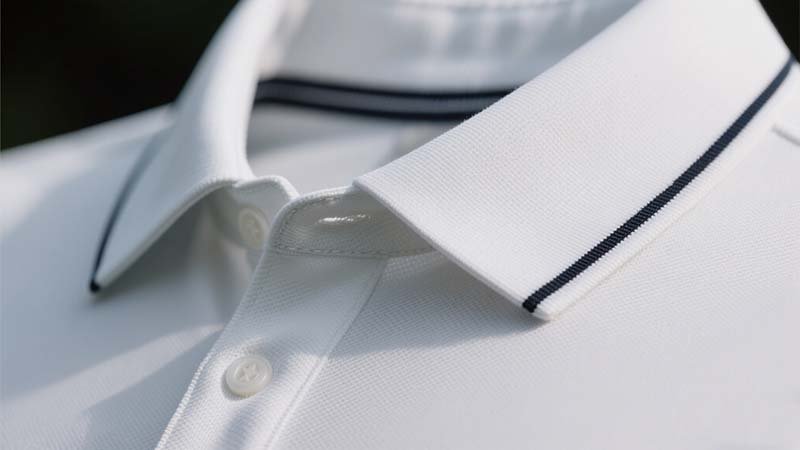
Now the pieces come to life. Skilled workers sew the fabric into complete shirts.
Sewing Sequence:
- Shoulder seams
- Collar and placket
- Sleeves attached
- Side seams closed
- Hemming bottom and sleeves
Key Techniques:
- Flatlock stitching: Smooth seams with no irritation.
- Cover stitch: Used on hems for stretch and durability.
- Reinforced stitching: Especially on stress points like armholes.
Expert Advice: A common problem is the collar curling after washing. We use interfacing and collar tape to ensure the collar stays sharp, even after 30+ washes.
Decoration and Branding: Logos Make the Look
Branding adds identity to the shirt. It’s done after the shirt is sewn but before final packing.
Common Logo Methods:
- Heat transfer: Lightweight, smooth, no stitching.
- Embroidery: Classic look, slightly raised texture.
- Silicone/TPU patches: Modern, high-end branding.
Style Tip: Most premium brands now avoid bulky embroidery on performance shirts. They use no-feel heat-press logos or rubberized patches for a clean, upscale look.
Final Quality Check: Nothing Gets Missed
Every shirt is checked for:
- Loose threads or skipped stitches
- Incorrect logo placement
- Wrong sizing or measurements
- Fabric flaws
Some shirts also go to third-party testing labs to confirm UV protection, color fastness, and shrinkage limits — especially for export orders.
Our Standard: For premium clients, we test every 1 in 100 shirts and maintain strict tolerances. It’s better to catch problems before they reach the customer.
Pressing and Packaging: The Final Touch
Last steps before shipping:
- Steam pressing: Removes wrinkles and shapes the collar.
- Folding: Shirts are folded with cardboard to hold shape.
- Packaging: Shirts are placed in polybags or recycled paper wraps.
Green Shift: Many brands now request eco-friendly packaging — like biodegradable bags or FSC-certified paper wrappers. It’s a small change with big brand value.
Conclusion
A golf shirt may look simple, but behind the scenes, it's a result of thoughtful design, technical fabric, and strict quality control. Every step — from choosing fabric to final packaging — plays a role in how the shirt performs, feels, and lasts.
Whether you're a startup brand or a golfwear veteran, understanding the full process can help you make smarter decisions about production, pricing, and product positioning.




